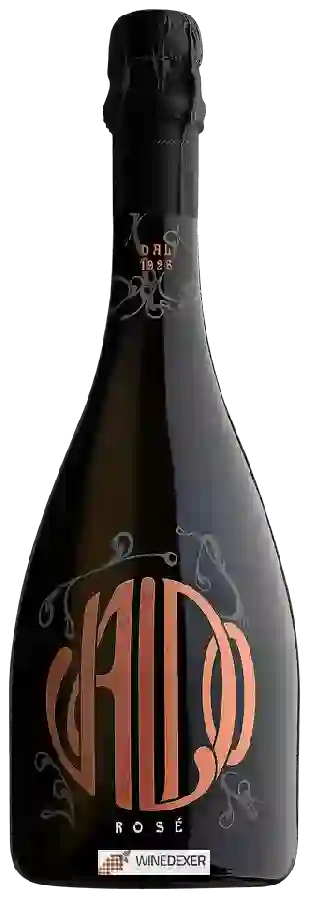
Winery ValdoRosé
In the mouth this sparkling wine is a with a nice vivacity and a fine and pleasant bubble.
This wine generally goes well with vegetarian, appetizers and snacks or shellfish.
Taste structure of the Rosé from the Winery Valdo
Light | Bold | |
Soft | Acidic | |
Gentle | Fizzy |
In the mouth the Rosé of Winery Valdo in the region of Veneto is a with a nice vivacity and a fine and pleasant bubble.
Food and wine pairings with Rosé
Pairings that work perfectly with Rosé
Original food and wine pairings with Rosé
The Rosé of Winery Valdo matches generally quite well with dishes of shellfish, vegetarian or appetizers and snacks such as recipes of brasucade of mussels from languedoc, leek, goat cheese and bacon quiche or baked chestnuts.
Details and technical informations about Winery Valdo's Rosé.
Discover the grape variety: Maturana blanca
A very old Spanish grape variety, particularly known in the Rioja region. It can be found in Italy, Portugal, Mexico, etc. In France, it is practically unknown. D.N.A. analyses have shown that it is not related to Maturana Tinta de Navarrete.
Last vintages of this wine
The best vintages of Rosé from Winery Valdo are 0
Informations about the Winery Valdo
The Winery Valdo is one of of the world's great estates. It offers 53 wines for sale in the of Veneto to come and discover on site or to buy online.
The wine region of Veneto
Veneto is an important and growing wine region in northeastern Italy. Veneto is administratively Part of the Triveneto area, aLong with its smaller neighbors, Trentino-Alto Adige and Friuli-Venezia Giulia. In terms of geography, culture and wine styles, it represents a transition from the Alpine and Germanic-Slavic end of Italy to the warmer, drier, more Roman lands to the South. Veneto is slightly smaller than the other major Italian wine regions - Piedmont, Tuscany, Lombardy, Puglia and Sicily - but it produces more wine than any of them.
The word of the wine: Clavelin
Typical bottle of the yellow wines of the Jura with a squat shape and a capacity of 62 cl.














